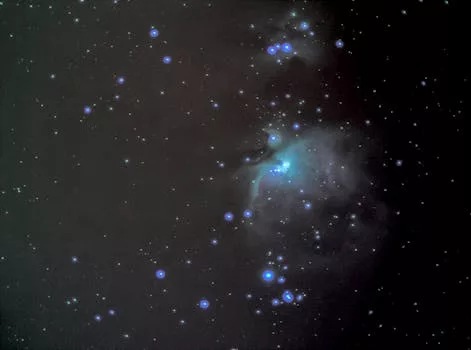
“
From Stardust to Dreams: Imagining Life Beyond the Stars
Introduction to the Cosmos
From Stardust to Dreams: Imagining Life Beyond the Stars is a fascinating topic that has captured human imagination for centuries. The universe is a vast expanse of time, space, and matter, governed by laws that we are still striving to understand. From the stardust that formed our planet to the dreams of what lies beyond the stars, the possibilities are endless.
The universe is estimated to be around 13.8 billion years old, with over 100 billion galaxies, each containing billions of stars. The sheer scale of the universe is mind-boggling, and yet, we are still driven to explore and understand it. The discovery of exoplanets, some of which are believed to be capable of supporting life, has further fueled our imagination and curiosity.
The Formation of Our Solar System
The formation of our solar system is a complex and still somewhat mysterious process. It is believed that the solar system formed around 4.6 billion years ago from a giant cloud of gas and dust called the solar nebula. The nebula collapsed under its own gravity, with the Sun forming at the center and the planets forming from the remaining material.
The Earth is thought to have formed through a process known as accretion, where small particles of dust and rock stuck together to form larger and larger bodies. Over time, these bodies collided and merged, eventually forming the planets we know today. The Earth’s atmosphere and oceans are believed to have formed through a combination of volcanic activity and cometary impacts.
Imagining Life Beyond the Stars
The possibility of life beyond Earth is a topic of ongoing debate and research. While there is currently no definitive evidence of extraterrestrial life, there are many reasons to believe that the possibility exists. The discovery of exoplanets, some of which are located in the habitable zones of their respective stars, has provided new opportunities for the search for life beyond Earth.
One of the most promising areas of research is the study of extremophiles, which are organisms that can survive in extreme conditions such as high temperatures, high pressures, and high salinity. The existence of these organisms on Earth suggests that life can thrive in a wide range of environments, increasing the likelihood of finding life elsewhere in the universe.
Takeaways
From Stardust to Dreams: Imagining Life Beyond the Stars is a fascinating topic that continues to capture human imagination. While we have made significant progress in understanding the universe and the possibility of life beyond Earth, there is still much to be discovered. The search for life beyond our planet is an ongoing journey that requires continued exploration, research, and innovation.
The main takeaways from this article are:
- The universe is vast and complex, with over 100 billion galaxies, each containing billions of stars.
- The formation of our solar system is a complex and still somewhat mysterious process.
- The possibility of life beyond Earth is a topic of ongoing debate and research.
- The discovery of exoplanets and extremophiles has provided new opportunities for the search for life beyond Earth.






